Hundreds of objections lodged to planning application for residential caravan site at Arkley end of Mays Lane
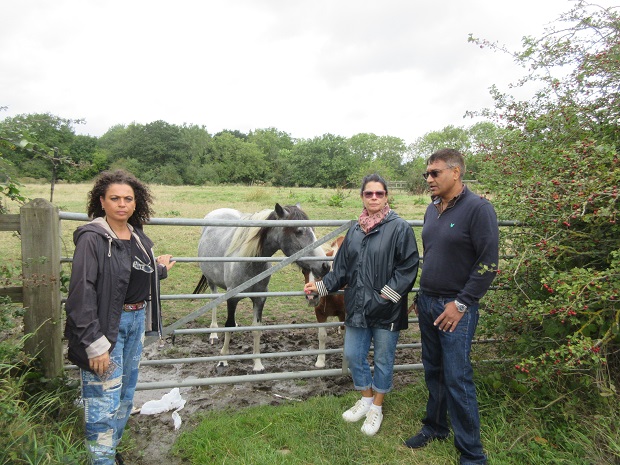
Within two weeks of hearing about a planning application for residential caravans on Green Belt farmland in the Dollis Valley, well over 500 objectors registered their opposition, backing a campaign mounted by residents of Mays Lane and surrounding roads.
They say the two-acre paddock, at the Arkley end of Mays Lane, has been used for many years for grazing horses.
In their view, it forms an essential part of a wildlife corridor extending down from Arkley through the Dollis Valley and on south to Totteridge Common.
Barnet Council has been asked for permission for a change of use of this Green Belt land to station two caravans for residential use, together with hardstanding and adjoining dayrooms.
Opposition to the application, which is being co-ordinated by nearby residents, has already gained the support of the Chipping Barnet MP, Theresa Villiers.
The application for two residential pitches has been made by Mr Patrick Casey whose architects, Green Planning Studio, say there is a “recognised need” within the Barnet area for facilities “to accommodate a gypsy lifestyle”.
Layout of the site has been designed in line with the 2008 Good Practice Guide on Designing Gypsy and Travellers Sites and the application says that despite being sited within the Green Belt, “there would be, at worst, limited impact or other harm to the area”.
The paddock adjoins the car park of the Brethren’s Meeting Room in Mays Lane. The Brethren recently sold the paddock at auction for £491,00.
Their meeting room, which is also on the market, is currently under offer and is thought to have attracted interest from developers. Under present planning law the meeting room could be demolished and redeveloped for housing.
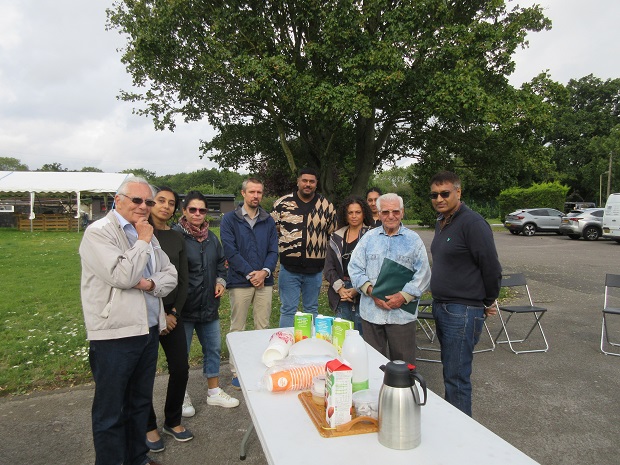
When residents met to discuss tactics, they said they recognised there might be a need for travellers’ sites in and around Barnet but there were numerous brown field sites that were available and could be used.
Their objective in fighting the application was to protect the green belt and they believed the track record of the Mays Lane community in preserving the Dollis Valley countryside spoke for itself.
In 2010 they succeeded in winning village green status for the field beside the former Quinta Club and in 2013 they joined forces with a residents’ campaign in Arkley to thwart plans to establish a woodland burial ground in nearby fields.
They argue that a residential caravan site would be out of character with the fields that make up the Dollis Valley green space.
Their experience with similar planning applications that attempted to get round the Green Belt, was that once one minor change of use was agreed there was inevitably pressure for additional development.

Although the Mays Lane application is for only two caravans, this is a two-acre field, and there was every likelihood there would be attempts to increase the number and before the residents knew it there might easily be 20 or more caravans on the site.
In her objection to the scheme, Ms Villiers said a residential caravan park close to the Whitings Hill Open Space would go against fundamental planning law which protects Green Belt land against residential use without “an extremely strong and exceptional reason for doing that”.
Robin Bishop, who leads for the Barnet Society on planning issues, agreed: “Our first concern is protection of the Green Belt, and the government’s Planning Policy for Traveller Sites states, ‘Traveller sites (temporary or permanent) in the Green Belt are inappropriate development.’
“We will consult our committee before submitting a response, but the society is minded to object because it is in the Green Belt.”
Ms Villiers considered the infrastructure around the proposed caravan park was completely inadequate for residential use. There was not even a footpath along this section of May Lane – a point emphasised by the local objectors.
According to the residents Underhill was already one of the most deprived wards in High Barnet and there were not the facilities for what could become a large site for caravans and mobile homes.
Whitings Hill Primary School was already understood to be oversubscribed, and there was pressure on doctors’ surgeries and Barnet Hospital.
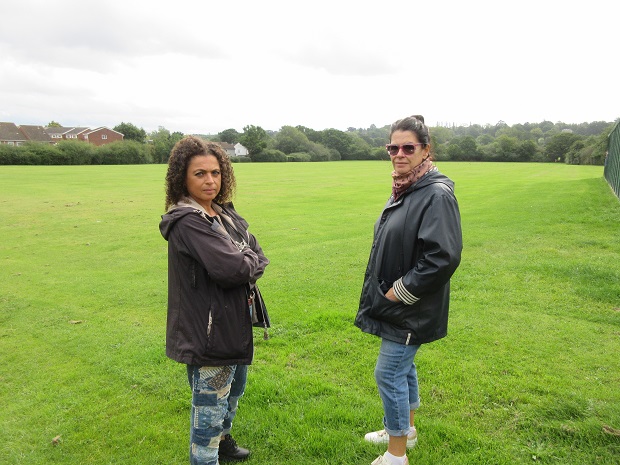
The success of the residents’ campaign to establish the Mays Lane village green on land next to the abandoned Quinta Club had shown they could mobilise support to preserve an asset for community use.
It took five years to finally get approval for the land to be registered as a village green and kept open for recreational use.
Then in 2013 they combined forces with Arkley residents to oppose the plan for a woodland burial ground, when again one of the main arguments was the importance of the wildlife corridor that includes the paddock in Mays Lane.
A wide variety of wildlife, including deer, badgers, hedgehogs, and foxes who all thought to rely on a corridor like this for food, water, shelter, and space.
The closing date for objections is Tuesday 10 October and anyone who would like to join the group or seek more information, should email naturallyarkley@yahoo.com”
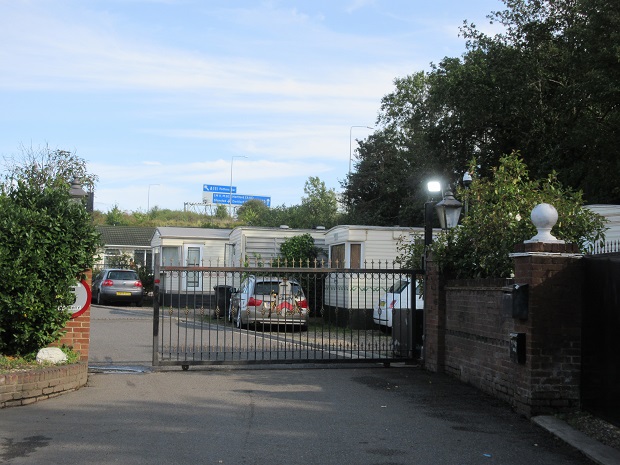
One of the nearest approved gypsy traveller sites to Mays Lane is the caravan park on Barnet Road, at Brookes Place, Potters Bar, where Mr Patrick Casey, the Mays Lane applicant, has been listed by Hertsmere Borough Council as being a part owner.
The site is directly beside the M25 motorway, on the Potters Bar side, immediately after the bridge over the Barnet Road, and it currently comprises 25 pitches with 39 caravans – a number that has increased steadily over the years.
Travellers have used the site since 2000. After successive planning applications to Hertsmere, the council agreed to increase the number of pitches to six in 2002; to 12 in 2006; to 21 in 2012 and then to 25 pitches in 2013 with a limit of no more than 39 caravans.
In approving these applications, Hertsmere’s planners said the Brookes Place caravan park caused limited harm to the Green Belt.
The land beside the motorway was untidy; the site was dominated by an electricity pylon with high voltage cables overhead and a vent from the railway line tunnel underneath.
Therefore, bearing in mind the unmet need in Hertsmere for pitches for gypsies, there were “very special” circumstances which outweighed the inappropriateness a having a travellers’ site within the Green Belt.
Nearby residents objected at the time to the applications to increase the number of pitches. Potters Bar Society said it had warned in 2006 that this would inevitably happen with the result that the site was too dense for the location.
Mays Lane – like Brookes Place – is no stranger to the constant pressure for development within the Green Belt with demands for more housing within the Dollis Valley.
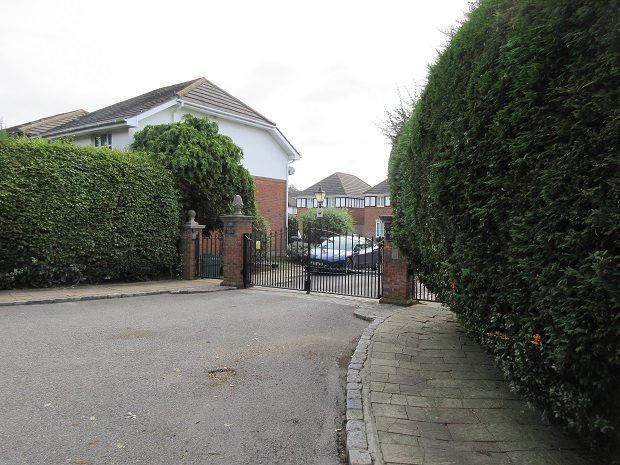
In 1989 Barnet Council agreed as a “one off” that a former pig farm – on the other side of Mays Lane to the proposed caravan site – could be redeveloped to provide an estate of 21 houses in what became Partridge Close.
Shortly after that development was completed in 1993 permission was granted for the Brethren’s Gospel Hall to be built on the other side of the road, when the Brethren moved to Mays Lane from their previous meeting hall in Union Street.
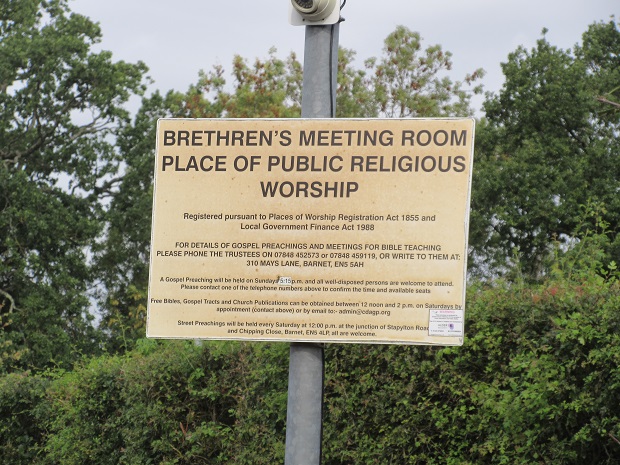
In 2021 the Gospel Hall Trust asked Barnet Council to release their Mays Lane site from Green Belt restrictions to allow for new housing and for the delivery of “family sized homes”.
The trust’s agents questioned Barnet’s policy of resisting the release of Green Belt land which might assist in urban regeneration.
Rather than a blanket refusal, they suggested Barnet should follow the example of the London Borough of Enfield and explore the potential for releasing Green Belt land to meet housing needs.
As nearby residents build their case against the proposed caravan site, they recognise more planning applications are likely and that they could have a wider fight on their hands to protect the Arkley end of Mays Lane from further urban sprawl.
31 thoughts on “Hundreds of objections lodged to planning application for residential caravan site at Arkley end of Mays Lane”
Comments are closed.

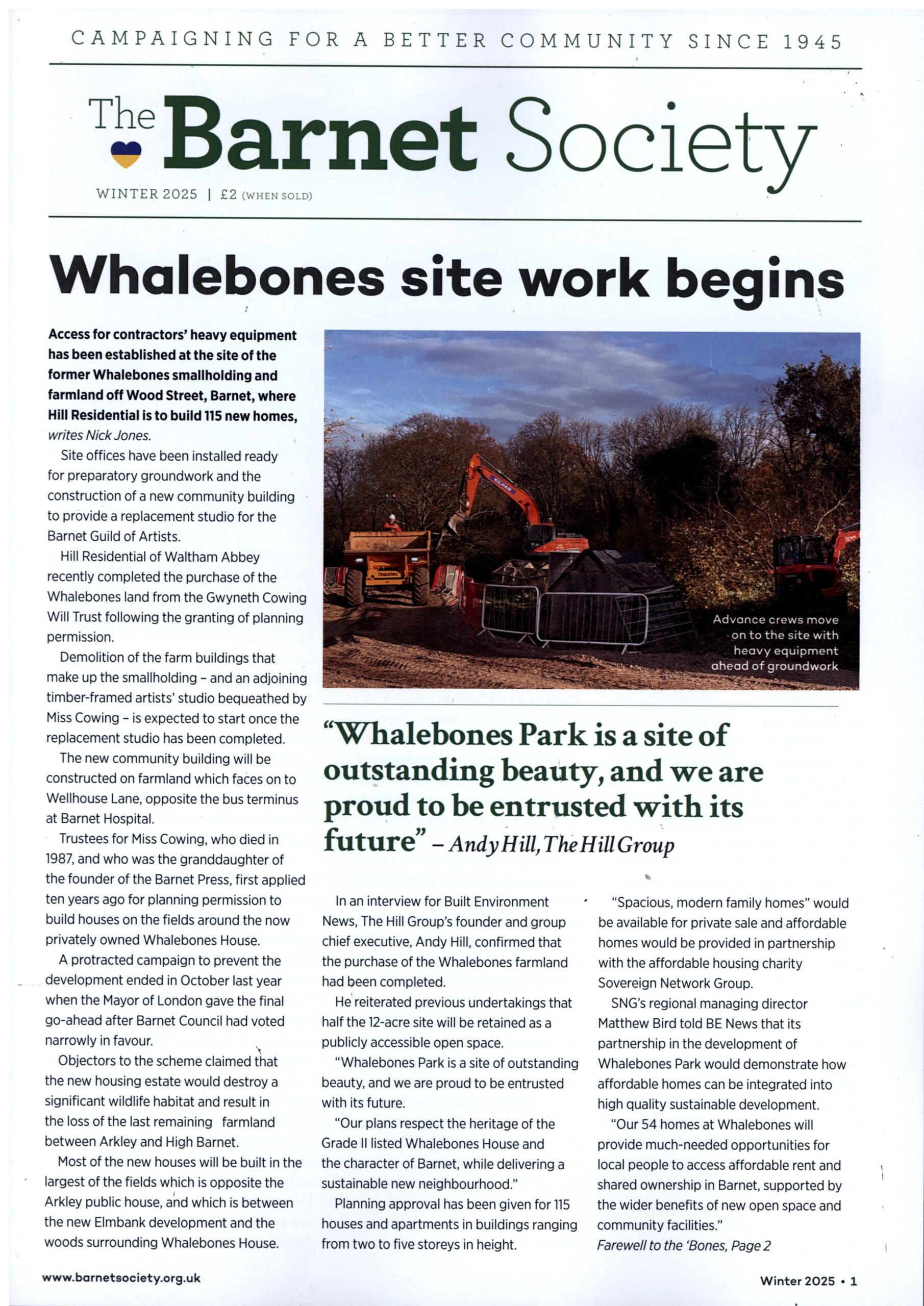
This absolutely cannot be allowed to go ahead! Green Belt land was designated green belt for good reason!
No thank you. Keep the horses. I oppose this plan.
There’s an underlying issue about access to non green belt land for certain parts of society, focus on this instead of the ”not on my doorstep” to find a long lasting solution.
Totally opposed to this destruction of green wildlife area and the benefits it brings to the local community
CAN NOT LET THAT HAPPEN!!!! ITS UNACCEPTABLE…!!
The history of the travellers’ site after the M25 turn off for Barnet and its gradual, huge incremental increase of spaces is proof enough that this application for Arkley should be refused. Barnet Council’s job is to protect Barnet from its loss of Green Belt.
No way!, stop destroying our green belt. Stop destroying wildlife
Absolutely against this obviously being proposed by people not living nearby and could not care about the local tax payers having to put up with the mess this will cause and other issues
Quite apart from the destruction of the green belt, the area has insufficient facilities such as doctors’ surgeries and Nation Health dentists to support additional people in the area
We must consider the preservation of the green belt. Further loss of it is detrimental to the whole community.
Green belt land should be protected Shame on you Barnet council if u pass this application! Once again it’s not about the animals or community it’s just about money !
I agree with every one on here all the years of growing up in nupton drive we had the pleasure of all the green belt around us I’ve not moved to far away just up the road no green belt areas should be built on council are ruining this area completely used to feel like being in a lovely area with so much greenery on our door steps it’s bad anough how they have ruined this area with parking restrictions when it’s not nessasary and sign posts everywhere last thing we need is a caravan site on our door steps such a crazy thoughtless idea I’m 100% against this happening .
This must be stopped it’s absolutely outrageous that this can even be considered
It is about time the councils stopped raping the country side of greenbelt which has been home to many wild species of animals and so many of us enjoy and appreciate. It is purely a matter of financial gain by those who couldn’t give a jot about the carnage they are creating. It’s about time people stood up to these ‘bully boys’!!!!
This can’t happen it’s greenbelt shouldn’t be built on. It will ruin this area! There are enough flats flying up everywhere we don’t need caravan sites aswell.
I strongly and respectfully urge Barnet Council to consider the negative impact a traveller caravan park will have on the wider community. Please do not allow the motion to be put in place. Thank You.
This can’t happen in Barnet
UNACCEPTABLE
NO
PLEASE DON’T let this happen
STRONGLY DISAGREE
KILLING THE GOOSE LAYING THE GOLDEN EGGS
FINANCIAL GAIN FOR THOSE WHO DONT CARE AND WHO DO NOT EVEN LIVE LOOCALLY.
AND NOT A HEALTHY PROSPECT FOR THOSE WHO WOULD BE ENTICED TO LIVE IN A CONCRETE NIGHTMARE!
DR DODDS, PEOPLE PERSON,FINCHLEY.
Please don’t allow this to happen. Barnet is meant to be on the green belt. There are no green areas left. All the urban wild life will lose their habitat.
We can’t let that happen. Slowly all the green belt area is going.
Please protect our green belt! Do not proceed with this plan.
I wholeheartedly agree with you Linda and others here, the council won’t be happy until every inch of green belt is wiped out.
Unacceptable!
Why ruin a beautiful site!!!!!!!
We need to protect this green belt site!!!
I am absolutely disgusted and speechless
This can’t happen
One can only hope that common sense prevails.
The need for traveller sites isn’t in dispute but this proposal is wholly inappropriate on a number of levels.
Good article.
This represents the beginning of the end of green belt land. Once again the prospect of more families in the area with any thought of the required infrastructure coming along as a very distant second. Two caravans become twenty two and, well if caravans are ok let’s go ahead and build houses. The council won’t be happy until every inch of the green belt is wiped out.
Senseless, totally unacceptable
Anguished and Speechless !!!!!!